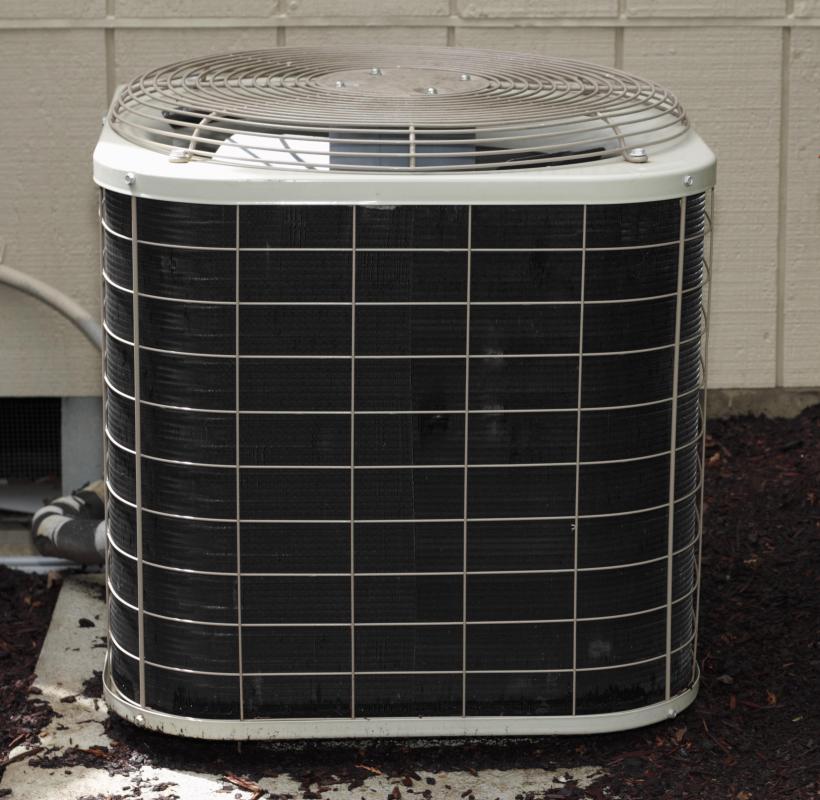At HomeQuestionsAnswered, we're committed to delivering accurate, trustworthy information. Our expert-authored content is rigorously fact-checked and sourced from credible authorities. Discover how we uphold the highest standards in providing you with reliable knowledge.
What is a Bimetal Thermostat?
A bimetal thermostat is a gauge that performs well under extreme temperature conditions. Made of two sheets of metal that are fused together, this type of thermostat can be used in ovens, air conditioners and refrigerators. Most of these thermostats can withstand temperatures of up to 550° F (228° C). What makes them so durable is the ability of the fused metal to regulate temperature efficiently and quickly.
Two metals together will expand at different rates in response to temperature changes. These strips of fused metal, also known as bimetallic strips, are often found in the form of a coil. They operate over a wide range of temperatures. For this reason, bimetal thermostats have practical applications in everything from household appliances to circuit breakers, commercial appliances, or HVAC systems.

A key component of a bimetal thermostat is the bimetal thermal switch. This part responds quickly to any variations in a preset temperature. A coiled bimetal thermostat will expand during temperature changes, causing a break in electrical contact of the appliance. This is a major safety feature for things like furnaces, where excessive heat can be a fire hazard. In refrigerators, the thermostat protects the appliance from the formation of condensation should the temperature drop too low.
Responding better in high heat than in cool conditions, the metals in a bimetal thermostat cannot detect differences in cold as easily as heat. Thermal switches are often preset by the manufacturer of an appliance to reset when a temperature returns to its normal setting. Bimetal thermostats can also be outfitted with a thermal fuse. Designed to detect high heat, the thermal fuse will automatically break the circuit, which can save the device to which it's attached.
Bimetal thermostats come in a variety of sizes and shapes. Many can easily be mounted to a wall. They are either completely on or off when an appliance isn't in use, so there is no potential for power drainage, making them very energy efficient.
Often, a homeowner can troubleshoot a bimetal thermostat that isn't working correctly by testing it with a hairdryer in order to quickly change the temperature. Once the heat has risen above the preset mark, the bimetallic strips, or coils, can be examined to see if they are bending upward during the temperature change. If they appear to be responding, it may be an indication that something else within the thermostat or appliance is not operating correctly. If the two metals of the coils are separated, then the unit is no longer working and will need replacing.
AS FEATURED ON:
AS FEATURED ON:











Discuss this Article
Post your comments